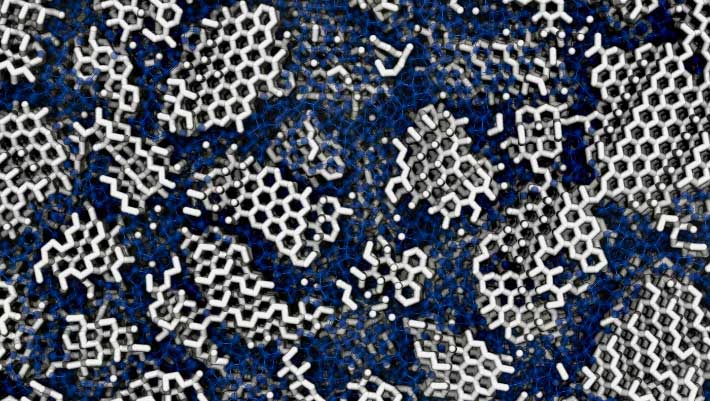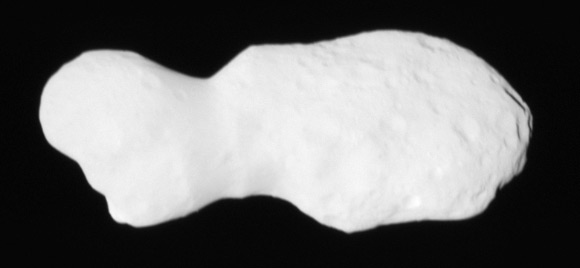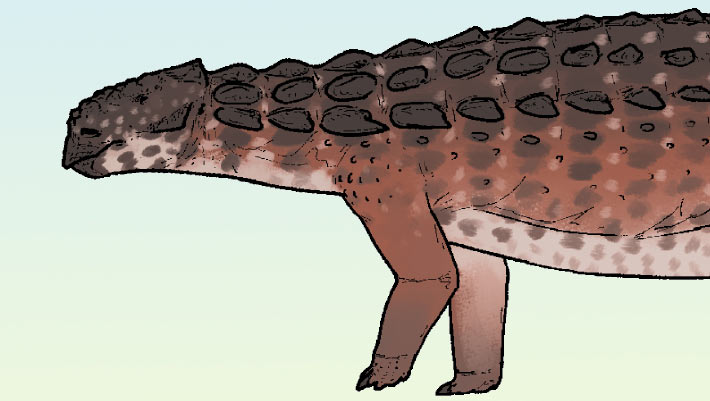Now Reading: New Study Uncovers Tiny Crystals in Interstellar Ice
-
01
New Study Uncovers Tiny Crystals in Interstellar Ice
New Study Uncovers Tiny Crystals in Interstellar Ice

### Quick Summary
– Researchers from University College london and the University of cambridge studied the structure of low-density amorphous ice, a vital material for understanding water’s anomalies and its cosmological importance.
– computer simulations revealed that this ice contains tiny crystals,approximately 3 nm wide,embedded within its disordered structure. Fully amorphous ice may not exist naturally.
– Experimental work showed variations in crystal structures based on how amorphous ice originated – such as water vapor deposition or warming high-density amorphous ice.
– The study tested samples using X-ray diffraction and found up to 20%-25% crystalline structures matched previous experimental observations.
– Findings suggest implications for space exploration (radiation shielding, hydrogen/oxygen fuel), advanced technologies like glass fiber optimization, and Panspermia theories about life’s origins transported via cometary ice.
– The research was published in *Physical Review B*.
Image:
[Read More](https://www.sci.news/astronomy/low-density-amorphous-ice-14049.html)
—
### Indian opinion Analysis
the findings about low-density amorphous ice offer intriguing insights into both fundamental science and practical applications. For India’s scientific community, these revelations could deepen research into materials science – notably related to improving performance in telecommunications through advanced glass fibers. Moreover, insights into water’s unique properties might aid studies relevant to Earth’s climate systems.
From a cosmological perspective, India’s emerging investments in space exploration programs like ISRO’s interplanetary missions could benefit from leveraging knowledge on this form of ice as a potential resource in space technology (e.g., radiation protection). Additionally, investigations around Panspermia invite curiosity but shouldn’t hold immediate priority; while speculative connections exist around life’s origins via cometary transport.
India can seize opportunities by furthering interdisciplinary collaborations with global researchers focused on material sciences applicable both terrestrially-such as green energy solutions-and extraterrestrial applications benefiting future planetary explorations.

























